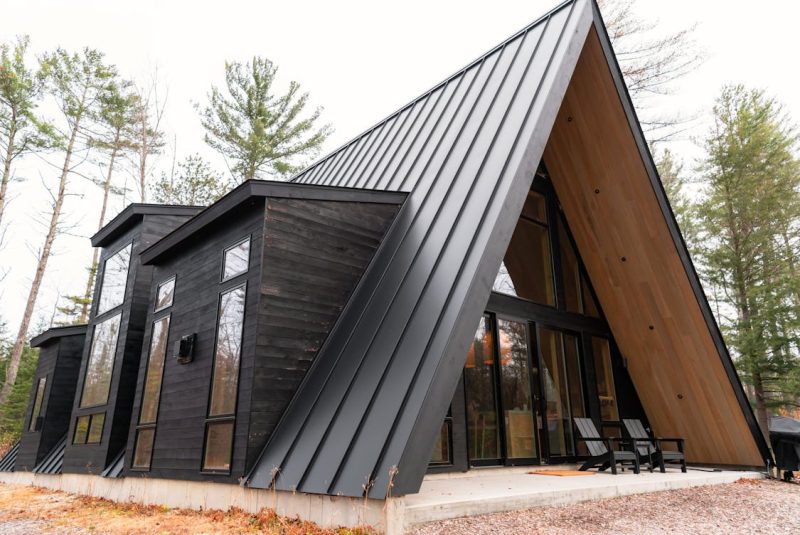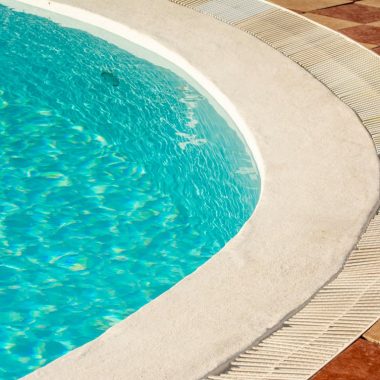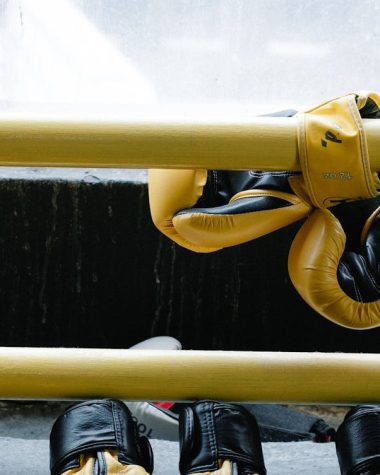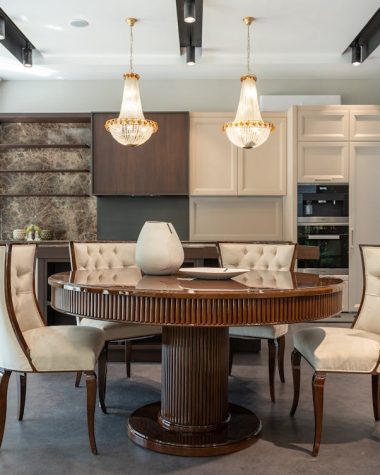When it comes to roofing, the choice between steel and shingles is a significant one. Each material comes with its set of advantages and drawbacks. Understanding the differences can help homeowners make a more informed decision.
Durability and Longevity
Steel roofing is renowned for its durability. It can withstand harsh weather conditions, including heavy winds, hail, and extreme temperatures.
While asphalt shingles typically last about 15 to 30 years, steel roofs can last over 50 years, sometimes even longer. This longevity means fewer replacements and repairs in the long run.
On the flip side, shingles can deteriorate faster due to exposure to UV rays, moisture, and temperature fluctuations. They may require more frequent maintenance, making them less appealing for those seeking a long-term solution.
Cost Considerations
Initial costs vary significantly between steel and shingles. Steel roofing tends to have a higher upfront cost, but this expense is often offset by its longevity and reduced maintenance needs. Shingles, while cheaper initially, can accumulate costs over time due to replacement and repairs.
It’s essential to consider the total cost of ownership rather than just the sticker price. Homeowners who invest in steel might find that they save money in the long run due to fewer repairs and replacements.
That’s why many builders now recommend steel roofing as the more cost-effective solution over a home’s lifetime.
Energy Efficiency
Steel roofing is often more energy-efficient than traditional shingles. It reflects solar radiation, reducing heat absorption and helping to lower cooling costs during the summer months. Many steel roofs can be coated with reflective materials, enhancing their energy-saving capabilities.
Shingles, conversely, can absorb heat, which might lead to higher air conditioning costs in warmer climates. This aspect makes steel an attractive option for eco-conscious homeowners looking to reduce their energy bills.
Maintenance and Repairs
When it comes to maintenance, steel roofs require less effort. Regular inspections and occasional cleaning usually suffice to keep them in good condition. They are resistant to common issues like rot and insect damage, making them a low-maintenance option.
Shingle roofs, meanwhile, can require frequent upkeep. Issues like curling, cracking, and moss growth can lead to leaks if not addressed promptly. Homeowners may find themselves climbing ladders more often to keep up with maintenance.
Aesthetic Variety
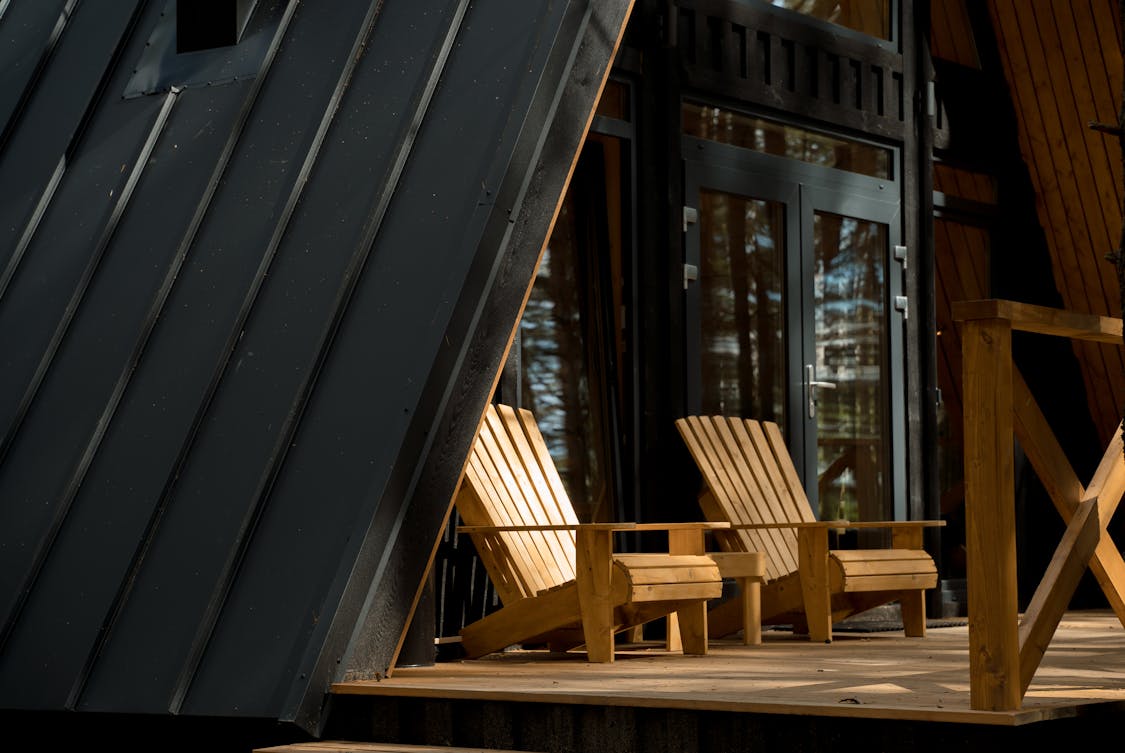
Steel roofing comes in a variety of styles and colors, allowing homeowners to customize their homes creatively. Whether you prefer a sleek, modern look or a traditional design, steel can be made to fit your vision. Many options mimic the appearance of shingles, tiles, or slate, providing the best of both worlds.
Shingles are also available in various colors and styles, but they may not offer the same level of customization that steel does. If aesthetics play a crucial role in your decision, steel could be the more appealing choice.
Environmental Impact
Steel is a highly recyclable material. When roofs reach the end of their life cycle, they can be repurposed, which minimizes waste. This aspect aligns with growing environmental concerns and the push for sustainable building practices.
Conversely, asphalt shingles can take decades to decompose in landfills. Choosing steel may resonate better with those who are mindful of their environmental footprint.
Fire Resistance
When it comes to fire safety, steel roofs hold a significant advantage over shingles. Steel is non-combustible, meaning it won’t ignite in the event of a fire. This feature can provide peace of mind for homeowners, especially in areas prone to wildfires.
Shingles, on the other hand, can be flammable, posing a risk in specific environments. Fire-resistant options are available for shingles, but they may come at a premium cost.
Noise Factor
A common concern with metal roofing is noise, particularly during rain or hail. Steel roofs can create more sound compared to shingles, which absorb sound better.
However, proper insulation and underlayment can significantly reduce noise levels, making this less of an issue than it may seem.
Shingles naturally provide some sound insulation, which is a consideration for homeowners living in noisy environments.
Installation Process
Installing steel roofing can be more complex than shingles, requiring specialized skills and tools. While the installation process for shingles is generally straightforward, steel roofs often need experienced professionals to ensure proper fit and sealing.
This complexity can lead to higher labor costs for steel installation, but many homeowners find the investment worthwhile given the long-term benefits.
Weather Resistance
Steel roofs excel in weather resistance. They stand up well to heavy snow, rain, and high winds. The sleek surface of steel allows snow and rain to slide off easily, reducing the risk of leaks and water damage.
Shingles can hold moisture, and in extreme conditions, they may lift or break, leading to potential leaks. Homeowners in areas prone to severe weather might find steel to be the more reliable choice.
Insurance Benefits
Some insurance companies offer discounts for homes with steel roofing due to its durability and fire resistance. This can lead to savings on premiums over time, further helping offset the initial higher cost of steel.
Shingle roofs may not provide the same benefits, which can influence total homeownership costs. Homeowners seeking to lower their insurance premiums might find steel roofs an attractive option.
Resale Value
Investing in steel roofing can enhance a home’s resale value. Many homebuyers view steel roofs as a sign of quality and durability, making a home with such a roof more appealing in the real estate market.
Conversely, shingles may not provide the same return on investment. If longevity and quality are key factors for potential buyers, steel might edge out shingles in the resale game.
